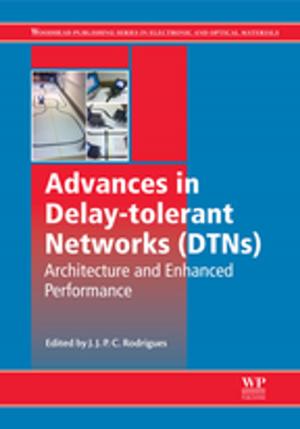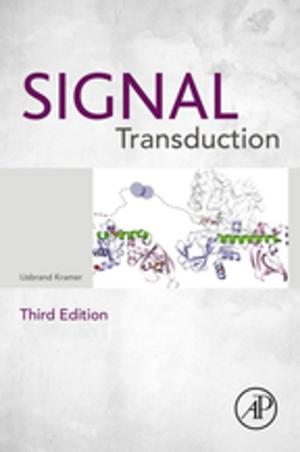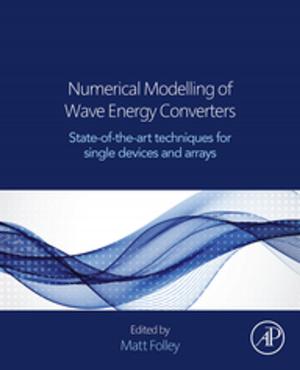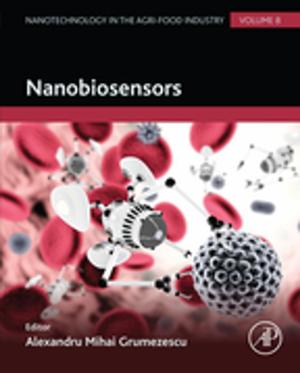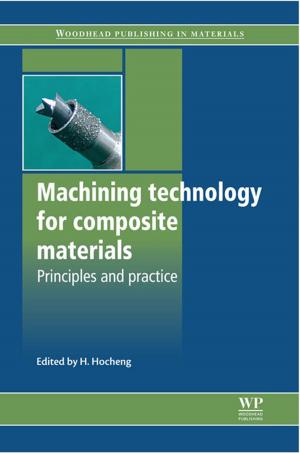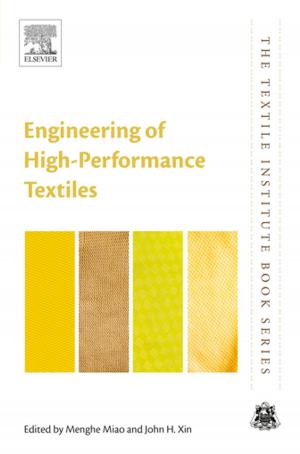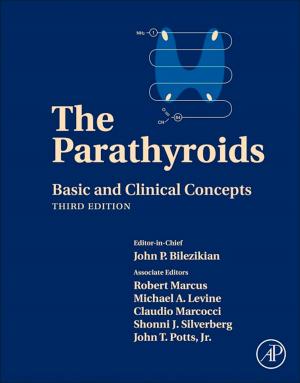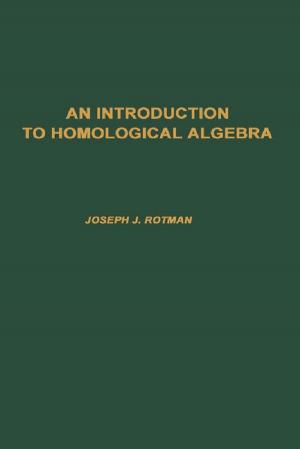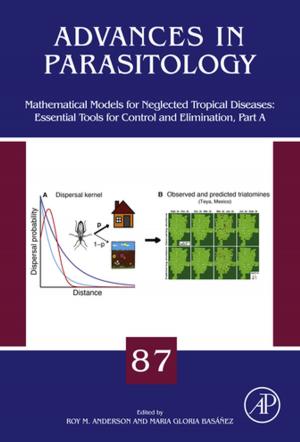| Author: | E N Gregory, A A Armstrong | ISBN: | 9781845690410 |
| Publisher: | Elsevier Science | Publication: | February 28, 2005 |
| Imprint: | Woodhead Publishing | Language: | English |
| Author: | E N Gregory, A A Armstrong |
| ISBN: | 9781845690410 |
| Publisher: | Elsevier Science |
| Publication: | February 28, 2005 |
| Imprint: | Woodhead Publishing |
| Language: | English |
Weld symbols on drawings was originally published in 1982 based on BS 499 (British Standards Institution 1980), ISO 2553 (International Standards Organisation 1979) and ANSI/AWS A2.4 (American Welding Society-1979) standards. These standards have been through numerous revisions over the last few years; and the current standards are ISO 2553 1992, BSEN 22553 1995, and ANSI/AWS A2.4 1998. The American system of symbolisation is currently used by approximately half of the world’s industry. Most of the rest of the world use ISO. The British system was standardised in 1933 and the latest of five revisions was published in 1995 as BSEN 22553, which is identical to ISO 2553. For many years an ISO committee has been working on combining ISO and AWS to create a combined worldwide standard, but while discussions continue this could take many years to achieve.
This contemporary book provides an up-to-date review on the application of ISO and AWS standards and a comparison between them. Many thousands of engineering drawings are currently in use, which have symbols and methods of representation from superseded standards. The current European and ISO standards and the American standard are substantially similar, but the ANSI/AWS standard includes some additional symbols and also symbols for non-destructive testing. Although symbols in the different standards are similar, the arrows showing locations of welds are different, these important differences are explained. ISO contains limited information on brazed or soldered joints these are covered in ANSI/AWS. Some examples of the application of welding symbols are also included.
- Important differences of welding symbols for different standards are explained
- Provides up to date information on the ISO and AWS standards and their comparison
- Contains examples of the application of welded symbols
Weld symbols on drawings was originally published in 1982 based on BS 499 (British Standards Institution 1980), ISO 2553 (International Standards Organisation 1979) and ANSI/AWS A2.4 (American Welding Society-1979) standards. These standards have been through numerous revisions over the last few years; and the current standards are ISO 2553 1992, BSEN 22553 1995, and ANSI/AWS A2.4 1998. The American system of symbolisation is currently used by approximately half of the world’s industry. Most of the rest of the world use ISO. The British system was standardised in 1933 and the latest of five revisions was published in 1995 as BSEN 22553, which is identical to ISO 2553. For many years an ISO committee has been working on combining ISO and AWS to create a combined worldwide standard, but while discussions continue this could take many years to achieve.
This contemporary book provides an up-to-date review on the application of ISO and AWS standards and a comparison between them. Many thousands of engineering drawings are currently in use, which have symbols and methods of representation from superseded standards. The current European and ISO standards and the American standard are substantially similar, but the ANSI/AWS standard includes some additional symbols and also symbols for non-destructive testing. Although symbols in the different standards are similar, the arrows showing locations of welds are different, these important differences are explained. ISO contains limited information on brazed or soldered joints these are covered in ANSI/AWS. Some examples of the application of welding symbols are also included.
- Important differences of welding symbols for different standards are explained
- Provides up to date information on the ISO and AWS standards and their comparison
- Contains examples of the application of welded symbols


